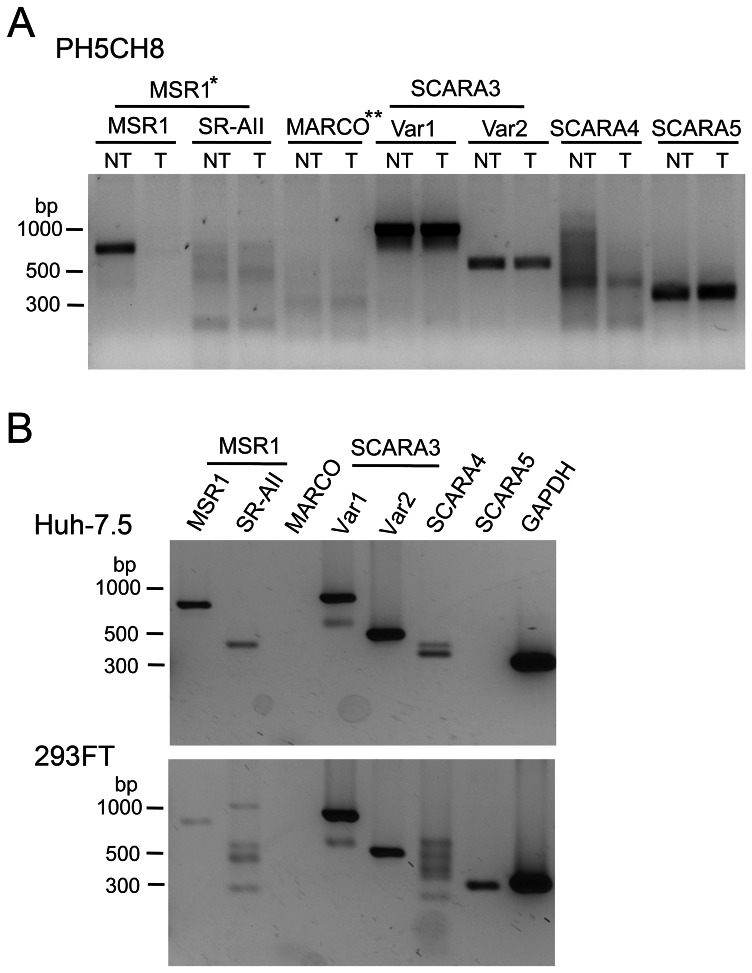Figure 2. Scavenger receptor class A family transcript profiling of human hepatocyte-derived cell lines.
(A) RT-PCR detection of class A scavenger receptor mRNAs in total cellular RNAs extracted from PH5CH8 cells transduced to express (“NT”) a non-targeting shRNA (PH5CH8/shNT cells), or (“T”) MSR1-specific shRNA (PH5CH8/shMSR1 cells). The parental PH5CH8 cells are T-antigen transformed normal adult human hepatocytes. Primers specific for MSR1 (SCARA1) transcript variant 1 (MSR1, SR-AI, or CD204) and transcript variant 2 (SR-AII), MARCO (SCARA2), SCARA3 (transcript variants 1 and 2), SCARA4, and SCARA5 (a putative scavenger receptor class A family member) were identical to those used by DeWitte-Orr et al. [22]. PCR was carried through 35 cycles prior to separation of products on an agarose gel. (B) Similar class A scavenger receptor transcript profiling of Huh-7.5 cells derived from a human hepatocellular carcinoma, and 293FT cells (Invitrogen). *MSR1 has two transcript variants: variant 1 is commonly referred to as “MSR1”, as we refer to it here, but is otherwise known at SCARA1 or SR-AI. Transcript variant 2 is referred to as SR-AII. See text for additional details. **MARCO, macrophage receptor with collagenous structure, is otherwise known as SCARA2.

